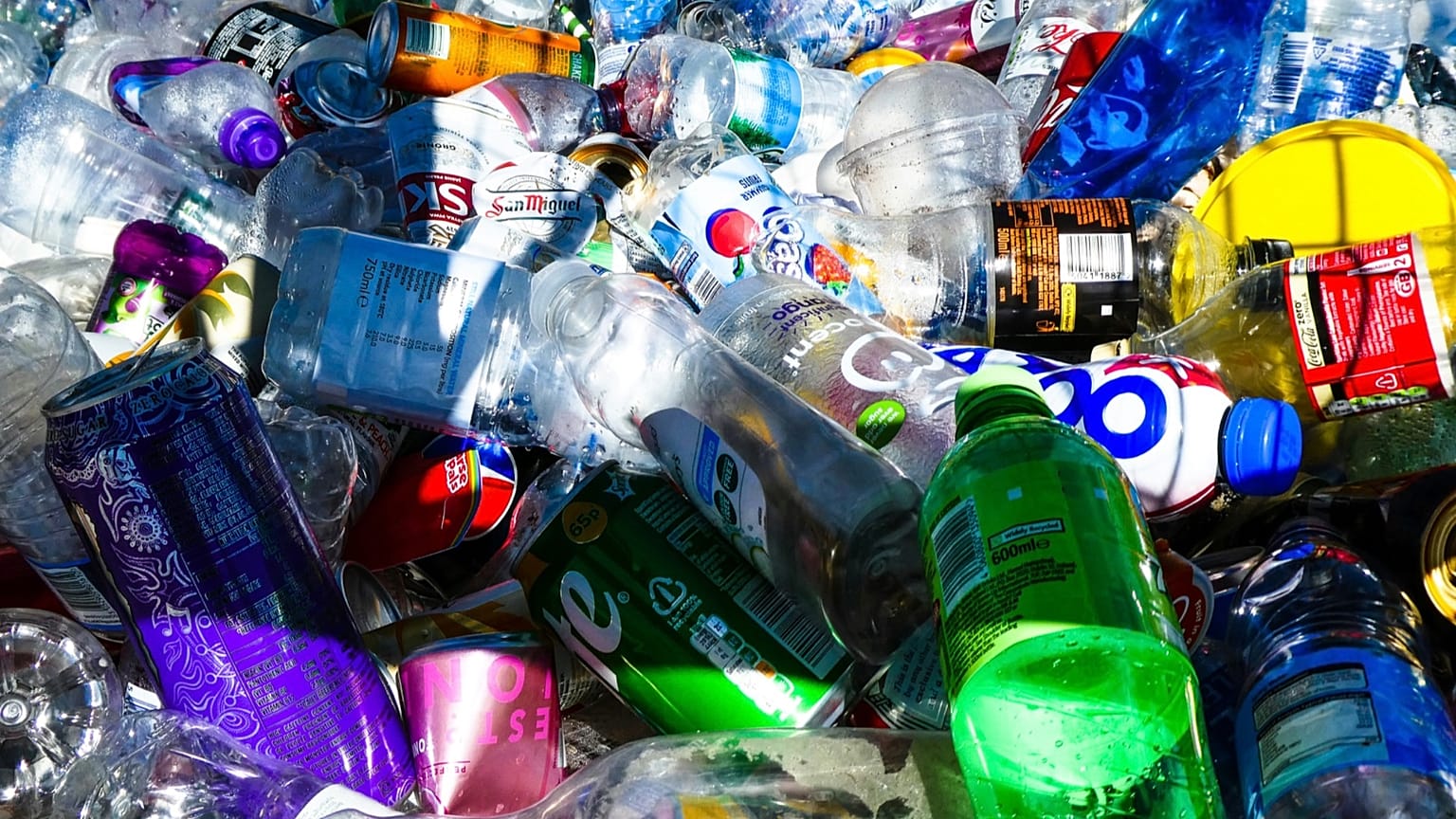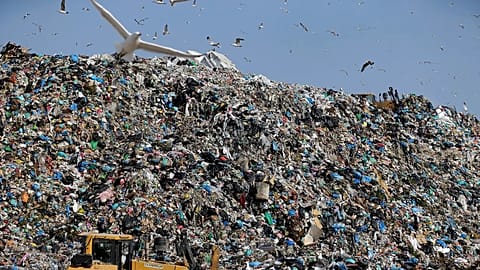In 2023, the EU generated 79.7 million tonnes of packaging waste in Europe, equivalent to 177.8kg per inhabitant.
The European Union’s best recyclers have been revealed, with several countries smashing waste targets ahead of their 2030 goal.
New data from Eurostat shows that the EU generated almost 80 million tonnes of packaging waste in 2023, which works out at 177.8kg per inhabitant. While this marks an 8.7kg reduction compared to 2022, it’s a 21.2kg increase from 2013.
The report categorises “packaging waste” as any material used to contain, handle, deliver or present goods. This includes items such as glass bottles, plastic containers, aluminium cans, food wrappers, timber pallets and drums.
Out of all of the packaging waste, 40.4 per cent came from paper and cardboard. This was followed by plastic (19.8 per cent), glass (18.8 per cent), wood (15.8 per cent), metal (4.9 per cent) and “other packaging” (0.2 per cent).
EU’s biggest recycler
In 2023, seven EU countries met the 2030 target to recycle a minimum of 70 per cent of all packaging waste.
Belgium led the way with an impressive rate of 79.7 per cent, likely spearheaded by its “pay-as-you-throw” waste collection system designed to incentivise residents to recycle.
The scheme, which has been around since 1995, charges households based on the amount of mixed or residual waste they produce.
The rate varies by area, with residents in the Flanders region paying around 23 cents per kilo of household waste.
According to the European Environment Agency (EEA), a voluntary deposit-return system also exists for specific reusable packaging, such as glass beverage bottles and industrial containers.
The Netherlandscame second with a 75.8 per cent waste recycling rate, followed by Italy (75.6 per cent), Czechia (74.8 per cent), Slovenia (73.6 per cent), Slovakia (71.9 per cent) and Spain (70.5 per cent).
However, falling considerably behind on 2030 targets is Romania, which only recycled 37.3 per cent of packaging waste in 2023.
The European Parliament argues countries with low GDPs have historically produced low recycling rates, as developing efficient waste management and treatment capacities that are “economically and environmentally viable” remains “challenging”.
Plastic carrier bags in the EU
The EU’s Plastic Bags Directive aims to reduce the consumption of lightweight carriers(also known as LPCBs) to less than 40 per inhabitant by 2025. This has resulted in many supermarkets and retailers offering reusable bags with thicker “walls”.
Again, Belgium came out number one with just four plastic bags per capita in 2023. This was followed by Poland (seven bags per capita) and Portugal (14 bags per capita).
Several countries are still considerably exceeding 2025 targets, however, with Latvia recording a staggering 209 plastic bags per capita in 2023.
Why is reducing waste important?
According to the EEA, waste can have significant negative effects on human health and the environment.
Burning waste, rather than reusing it, has been linked to increased air pollution, while growing landfill sites risk contaminating water and land.
“Overall, the EU is slowly showing improvement toward recycling more and landfilling less,” the EEA states.
“Still, achieving the EU’s waste objectives requires significant effort. Non-recyclable products need to be phased out, and waste should be collected separately so it can be recycled.”
While around 90 per cent of EU waste is treated domestically, large amounts are still exported - mainly for recycling. This has raised concerns around worsening pollution in poorer countries.



















